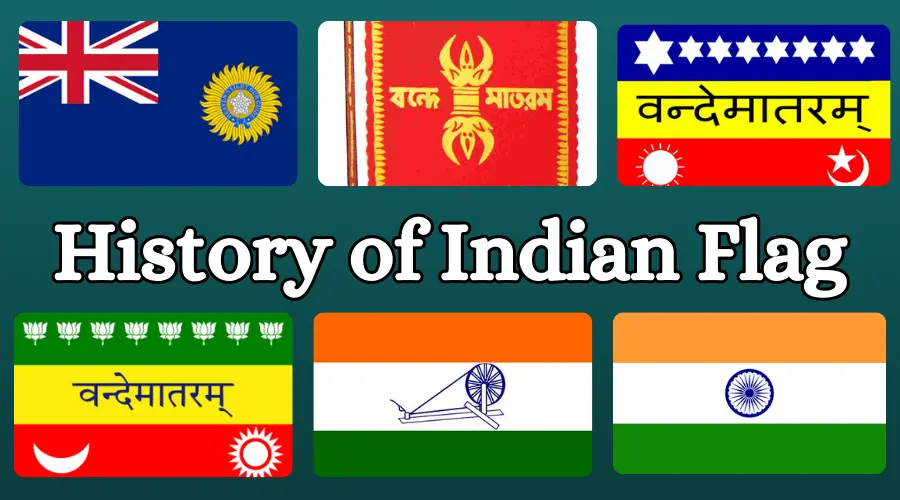History of Indian Flag
The Indian Flag, also known as the Tiranga (meaning tricolor in Hindi), is one of the most revered national symbols in India. It represents the nation's struggle for independence, its values of equali
The Indian Flag, also known as the Tiranga (meaning tricolor in Hindi), is one of the most revered national symbols in India. It represents the nation's struggle for independence, its values of equali

The Indian Flag, also known as the Tiranga (meaning tricolor in Hindi), is one of the most revered national symbols in India. It represents the nation's struggle for independence, its values of equality and justice, and the spirit of unity in diversity. The flag holds deep historical significance, as it reflects the journey of India’s freedom movement and its evolution as a sovereign nation. In this article, we will explore the history of the Indian flag, from its early origins to its current design, shedding light on its symbolism, various versions, and the meaning behind its colors.
The journey of the Indian flag began long before India gained independence in 1947. The concept of a national flag was first introduced during the late 19th century. However, various designs and symbols were used over time, representing the diverse cultures and ideologies of India’s people.
The Indian National Congress, during its struggle for independence, used different versions of the flag to represent its ideals. The flag that was used from 1931 to 1947 became the precursor to the modern Indian flag.
After India gained independence from British rule in 1947, the flag was officially adopted as the national flag of India on July 22, 1947, by the Constituent Assembly of India. The modern Indian flag, which is also known as the Tricolor or Tiranga, has a clear design and deep symbolism.
The Indian Flag Code, which governs the rules and regulations regarding the use of the Indian flag, ensures that the flag is respected and used with honor. The flag must be hoisted in a dignified manner, and its usage is regulated to maintain its sanctity. The flag should never touch the ground, be used as clothing, or be defaced.
The national flag is not only a symbol of independence and unity but also an expression of India's rich cultural diversity. The Tiranga is widely hoisted on Republic Day (January 26), Independence Day (August 15), and other national occasions.
While the Indian flag is a unifying symbol, there have been debates regarding its symbolism and the interpretation of its colors. The most prominent controversy arose over the use of saffron, with some groups interpreting it as a symbol of Hinduism. However, the Indian government and the majority of citizens maintain that saffron represents courage and sacrifice, not religious affiliation.
The Indian flag serves as a constant reminder of the nation’s history, struggles, and values. From the freedom movement to post-independence India, the Tiranga has been a symbol of unity in the face of adversity. It instills national pride and encourages citizens to contribute toward the nation’s development and peace.
In times of global recognition, the Indian flag often accompanies the nation's achievements in various fields—be it in the Olympics, international conferences, or global forums.
The history of the Indian flag is rich with symbolic meanings and reflects India’s journey toward independence, unity, and progress. From its initial designs to the final tricolor with the Ashoka Chakra, the flag has evolved as a symbol of India’s strength, cultural diversity, and democratic values. The Tiranga is not just a flag—it is a reflection of India’s unwavering commitment to peace, justice, and unity.
Writer and content creator
Log in to share your thoughts and engage with other readers.